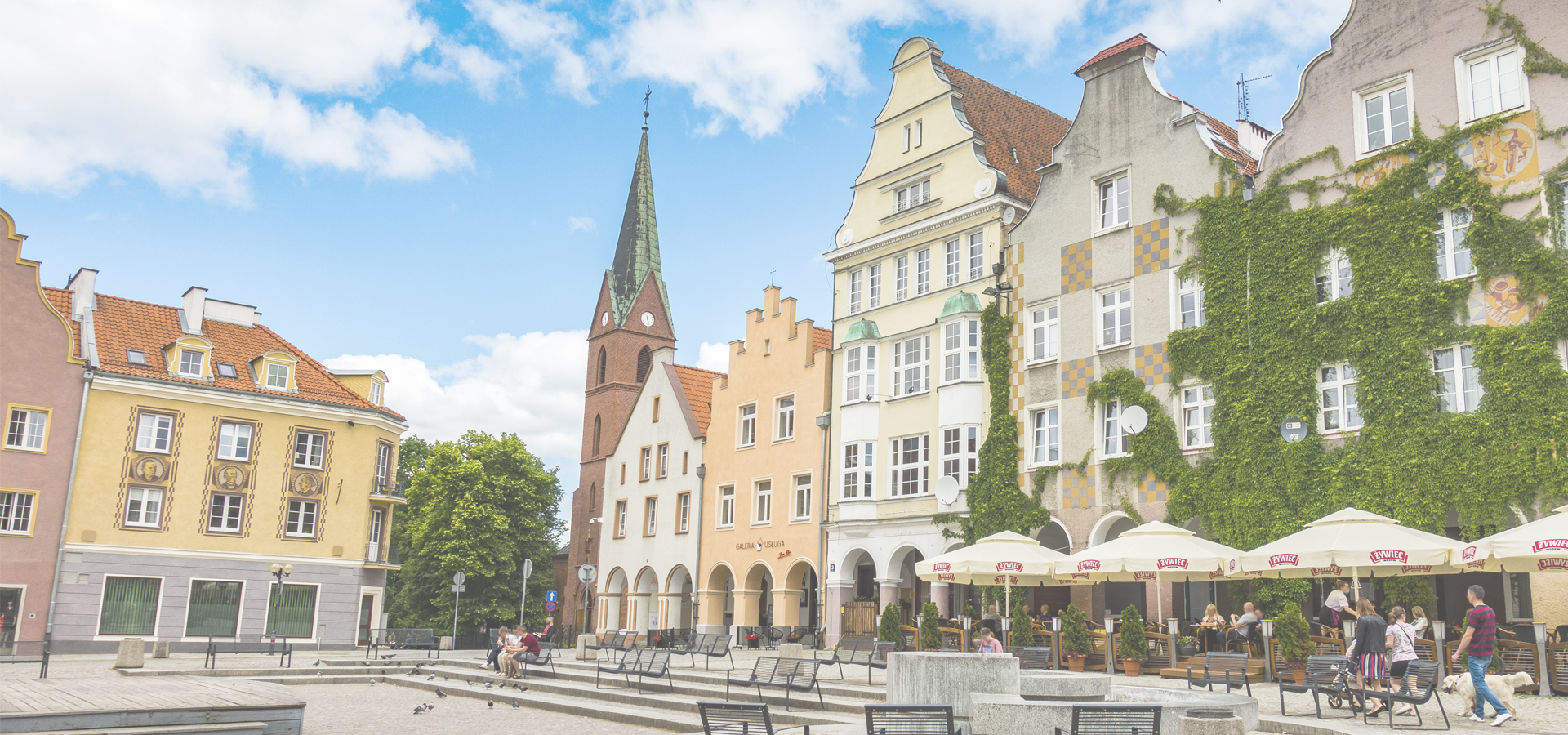Kętrzyn, Warmian-Masurian Voivodeship, Poland
🇵🇱 Kętrzyn is a town in north-eastern Poland. Situated in the Warmian-Masurian Voivodeship, Kętrzyn is the capital of Kętrzyn County. The town was named after historian Wojciech Kętrzyński in 1946, however, both the official Kętrzyn and former Polish name Rastembork are still in use.
The first settlement was established in 1329 and Rastenburg was granted town rights and privileges in 1357. Over the centuries it was part of the Teutonic State, Poland and East Prussia in Germany. The town is known for the surrounding Masurian Lakeland and numerous monuments of historical value such as the Wolf's Lair in nearby Gierłoż, where an assassination attempt against Hitler was made in 1944.
History The original inhabitants of the region were the Balt tribe of the Aesti, mentioned by Tacitus in his Germania (AD 98). The town, known in German as Rastenburg and in Polish as Rastembork, was established in 1329 in the State of the Teutonic Knights and was granted town rights in 1357 by Henning Schindekop.
After the Battle of Grunwald, in 1410, the mayor surrendered the town to Poland, however, it fell back to the Teutonic Knights in 1411. In 1440, the town joined the anti-Teutonic Prussian Confederation. Upon the request of the Confederation, King Casimir IV Jagiellon incorporated the region and town to the Kingdom of Poland in 1454. The town then recognised the Polish King as the rightful ruler and the townspeople sent their representative to Königsberg to pay homage to the King.
After the Thirteen Years’ War (1454–1466) the town was part of Poland as a fief held by the Teutonic Order's state and, from 1525 to 1701, it was part of the Duchy of Prussia, a Polish fief until 1657. In the second half of the 17th century, Poles constituted around a half of the town's population, the other half being Germans. In 1667, a Polish church school was established.
In 1701 the town became part of the Kingdom of Prussia and subsequently, in 1871, part of Germany. During the Seven Years' War, from 1758 to 1762, the town was occupied by the Russians, in June 1807, throughout the Napoleonic wars, the division of General Jan Henryk Dąbrowski was stationed in the town. Following the unsuccessful Polish November Uprising, in 1832–1833, Polish insurgents, including several officers, were interned in the town.
In the late 19th century a Polish Lutheran parish still existed in Rastenburg, despite the policy of Germanisation conducted by the Prussian authorities. In the second half of the 19th century, a sugar factory, brewery and mill were built.
History: 20th century Rastenburg and the surrounding district was the scene of the First World War's First Battle of the Masurian Lakes and Second Battle of the Masurian Lakes. During the Second World War Adolf Hitler's wartime military headquarters, the Wolf's Lair, was in the forest east of Rastenburg. The bunker was the setting for the failed assassination attempt of the 20 July plot against Hitler. During the war, the Germans operated a forced labour camp for Jews in the town.
In 1945, the area suffered devastation from both the retreating Germans and advancing Soviets during the Vistula-Oder campaign. Some ruins of the Wolf's Lair remain. The town was a Wehrmacht garrison town until it was occupied by the Red Army on 27 January 1945. The largely abandoned town was heavily destroyed by the Soviets.
After the war, the town was transferred to Poland under border changes promulgated at the Potsdam Conference. Its surviving German residents who had not evacuated were subsequently expelled westward in accordance with the Potsdam Agreement and replaced with Poles, most of whom were themselves expelled from the pre-war Polish Vilnius Region that was annexed by the Soviet Union and given to the Lithuanian Soviet Socialist Republic. The town was given the historic Polish name Rastembork in 1945, and in 1946 it was renamed to Kętrzyn after the Polish historian, activist and patriot Wojciech Kętrzyński, who attended the local gymnasium in the years 1855–1859.
After the war, the town's life was being rebuilt. In 1945, the Municipal Theater was established. Thanks to voluntary contributions, books were purchased for newly organized public libraries. A museum was created in the renovated castle.
From 1975 to 1998, Kętrzyn was administratively located in the Olsztyn Voivodeship.
Sport The local football team is Granica Kętrzyn. It competes in the lower leagues.
Europe/Warsaw/Warmian-Masurian_Voivodeship

Kętrzyn has a population of over 27,478 people. Kętrzyn also forms the centre of the wider Kętrzyn County which has a population of over 66,170 people.
Twin Towns, Sister Cities Kętrzyn has links with:
🇷🇺 Kaliningrad, Russia 🇱🇹 Šalčininkai, Lithuania 🇷🇺 Svetly, Russia 🇩🇪 Wesel, Germany 🇨🇿 Zlaté Hory, Czech Republic🇷🇺 Novomoskovsk 54.083
🇩🇪 Greifswald 54.097
🇧🇾 Smalyavichy 54.1
🏴 Barrow-in-Furness 54.111
🏴 Barrow in Furness 54.111
🇵🇱 Kościerzyna 54.117
🇩🇪 Neumünster 54.067
🇵🇱 Starogard Gdański 53.967
🇵🇱 Ostrowiec Świętokrzyski 21.387
🇬🇷 Missolonghi 21.417
🇬🇷 Messolonghi 21.417
🇲🇰 Kisela Voda 21.441
Locations Near: Kętrzyn 21.3833,54.0833
🇵🇱 Mrągowo 21.3,53.867 d: 24.7
🇵🇱 Giżycko 21.768,54.04 d: 25.6
🇵🇱 Bartoszyce 20.8,54.25 d: 42.3
🇵🇱 Szczytno 21.045,53.508 d: 67.7
🇵🇱 Olsztyn 20.487,53.781 d: 67.6
🇵🇱 Ostrołęka 21.571,53.085 d: 111.7
🇷🇺 Kaliningrad 20.506,54.709 d: 89.8
Antipodal to: Kętrzyn -158.617,-54.083
🇹🇴 Nuku'alofa -175.216,-21.136 d: 16092.5
🇵🇫 Papeete -149.566,-17.537 d: 15877.4
🇦🇸 Pago Pago -170.701,-14.279 d: 15465.2
🇼🇸 Apia -171.76,-13.833 d: 15394.3
🇺🇸 Hilo -155.089,19.725 d: 11801
🇺🇸 Maui -156.446,20.72 d: 11694.7
🇺🇸 Maui County -156.617,20.868 d: 11678.7
🇺🇸 Kahului -156.466,20.891 d: 11675.7